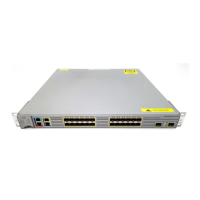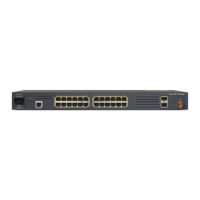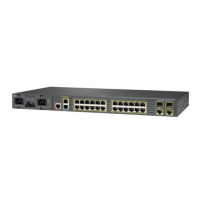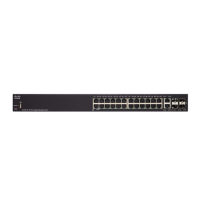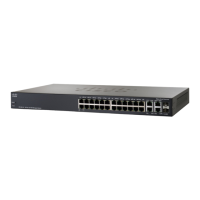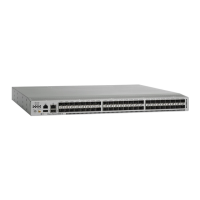10-2
Cisco ME 3800X and 3600X Switch Software Configuration Guide
OL-23400-01
Chapter 10 Configuring VLANs
Understanding VLANs
Figure 10-1 shows an example of VLANs segmented into logically defined networks.
Figure 10-1 VLANs as Logically Defined Networks
VLANs are often associated with IP subnetworks. For example, all the end stations in a particular IP
subnet belong to the same VLAN. Interface VLAN membership on the switch is assigned manually on
an interface-by-interface basis. When you assign switch interfaces to VLANs by using this method, it is
known as interface-based, or static, VLAN membership.
Note The switch does not support VLAN Trunking Protocol (VTP).
Traffic between VLANs must be routed. Switches can route traffic between VLANs by using switch
virtual interfaces (SVIs) that are explicitly configured and assigned an IP address. For more information,
see the “Switch Virtual Interfaces” section on page 9-4 and the “Configuring Layer 3 Interfaces” section
on page 9-19.
This section includes these topics:
• Supported VLANs, page 10-3
• Normal-Range VLANs, page 10-3
• Extended-Range VLANs, page 10-4
• VLAN Port Membership Modes, page 10-4
• UNI VLANs, page 10-4
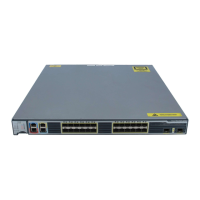
